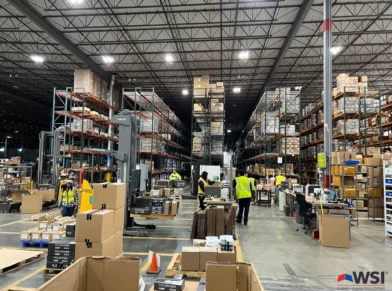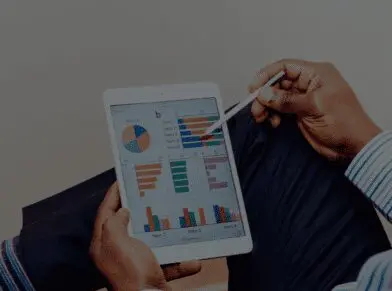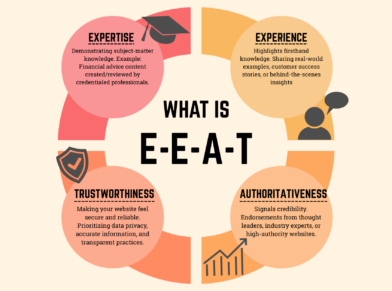Part 1: How Does Instagram’s 2022 Algorithm Affect Your Business?

An even better question: “How can Instagram’s 2022 algorithm affect your business?” In a great boon for users, Instagram has told us what drives their latest algorithmic decisions, and how we can use that knowledge to reach more people on Instagram. They’ve given us a treasure map—of sorts. The directions are good, but only if you:
- Take the time to really read the map (You’re doing that now, so there’s one thing checked off your list.)
- Understand the clues. (We’re going to help you with that in just a minute.)
- Put in the work. (It takes time, but at least it doesn’t involve digging for buried treasure. Or pirates.)
After reading that last bullet, you may wonder if the work needed is worth your time. Sure, Instagram is great for social media influencers and the like, but can it really help your business? Yes. Over a billion people use Instagram every month, and over 200 million of them visit at least one business profile daily. A majority (81%) use Instagram to research products and services, and not just for retail: More B2B decisionmakers conduct research on Instagram than on LinkedIn. And did we mention that Instagram is now the most popular social platform for following brands and that user time spent on Instagram grew a whopping 13.8% in 2020?
In this two-part blog post, we’ll help you make the most of your time with a brief but thorough examination of the 2022 Instagram algorithm, plus tips for using it to boost your business.
Part 1: The Instagram Algorithm Explained
The first thing to understand is that there is no 2022 Instagram algorithm. There are new Instagram algorithms. “When we first launched in 2010, Instagram was a single stream of photos in chronological order,” Instagram CEO Adam Mosser said in a June 8th announcement on Instagram’s blog. “But as more people joined and more was shared, it became impossible for most people to see everything…By 2016, people were missing 70% of all their posts in Feed, including almost half of posts from their close connections.” To fix that issue, he explained, they changed the way Instagram ranks posts by using algorithms tailored to the different parts of the app, based on how people use them. Here’s a quick outline:
The Instagram Feed and Stories algorithms: Instagram’s 2022 algorithms use thousands of signals—factors that include everything from the device used to the content liked—to rank content based on what the individual user will enjoy. The Feed and Stories algorithms use these signals’ similarity, ranking them by:
- Post information: Photo or video? When was it posted? How many likes did it receive, and how quickly? Stories also shows users posts by location, which is why location-specific hashtags can help boost posts.
- Poster (the person or business who posted) information: Are they friends with the user? Interesting to the user for another reason? What’s their engagement level with other similar users?
- User activity: Is this the type of content the user typically likes?
- Interaction history: Has the user engaged with the poster’s other posts and vice versa?
Using other signals, Instagram also gauges the user’s probable interaction, looking at how likely they are to like, save or comment on the post; how much time they’ll probably spend on the post; and whether they are likely to tap on the poster’s profile after viewing the post.
The Instagram Explore Page algorithm: The Explore page shows users new content that Instagram thinks they’ll like. That’s determined by much the same blend of signals used in Feed and Stories, but ranked in a different order:
- Post information
- Interaction history
- User activity
- Poster information
The fact that users can search by keywords, as well as hashtags, implies that a post’s caption and visual content also figure into the Explore Page algorithm.
The algorithms for Reels and Instagram TV: These Instagram algorithms determine how likely users are to watch a video all the way through; in other words, how entertaining they find it. Again, the signals are much the same as the other algorithms, but ranked in yet a different order:
- User activity
- Interaction history
- Reel information
- Poster information
How Can You Use the New Algorithms to Get Views on Instagram?
Now that you’ve read the Instagram algorithm “map” and deciphered its clues, how do you use your new knowledge to help broaden your business’s reach and drive engagement? Luckily, there’s a lot of practical information and easy-to-implement Instagram algorithm tips—so much so that we’ll devote our entire next post to the subject. In the meantime, we’d like to help you with your social media strategy. We’ve got the experience, the expertise, and the time—and you probably don’t. We’re good at our business. Let us take care of yours. Contact us today.






















